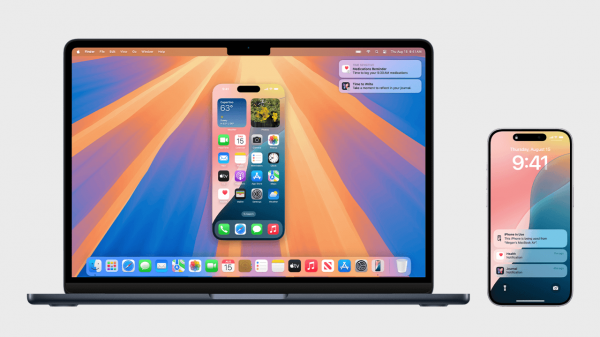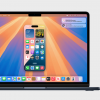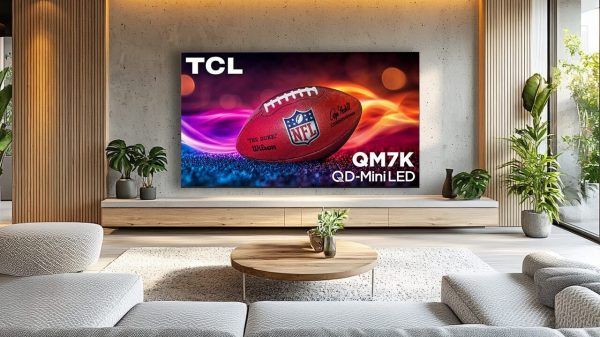If you have been trying to buy a car, laptop, game console, or even a TV in 2020/21 and have found that your favorite online or brick-and-mortar retailer is out or prices seem higher than normal, the reason might be the current global chip shortage.
Why There Is a Global Chip Shortage
Computer chips are used in almost everything these days, and demand is higher than ever. In past years, the supply chain has been able to scale to meet demand, but during 2020 and 2021 several factors have come together that have strained the supply chain resulting in a shortage of those needed chips. Here are some of the causes.
The Pandemic: The pandemic has caused production slowdowns and interruptions as workers have been sidelined either by sickness or business decisions to limit on-site work activity. In some markets, factories have been closed for as long as two weeks impacting the chip industry, furniture makers, and the automotive sector.
Although a lot of manufacturing in the chip industry is automated, designers, finishers, quality control, and shipping staff are necessary for a smooth process.
On the consumer end, the pandemic resulted in hundreds of millions of consumers stuck at home, which resulted in increased demand for all types of gadgets, including laptops and desktop PCs, Smart TVs, streaming devices, and game consoles.
Increased Global Demand: Although the pandemic put a lot of pressure on the chip supply chain, demand for chips was steadily increasing before the pandemic. This includes new products requiring faster development and manufacturing of chips, such as the increasing number of chips needed in the auto industry. Have you visited a car dealership recently? New models are harder to drive off the lot and there are no deals to be found.
As a result of increased global demand, Samsung may delay its next round of Galaxy Note smartphones, and Apple is having trouble securing chips for some iPhones. Even 5G has played a part as some providers, such as T-Mobile are moving to all-5G networks in 2022, which means a lot of consumers may have to get a new smartphone.
The demand for chips has also resulted in an unusual situation where Car companies are competing with Laptop, TV, and Game console companies for the same chip product supply.
Outsourcing: Many companies used to make their own chips which insured a more stable supply, but as years went on, the number of companies making their own chips and other companies that supplied chips decreased as it was cheaper to do so.
As a result, even though major companies, such as Apple, Sony, Qualcomm, AMD, Microsoft, and Nividia design the chips they use, the actual manufacturing of those chips is outsourced to TSMC (Taiwan Semiconductor Manufacturing Company). Even Intel is planning to outsource some of its chip manufacturing in the coming years to TSMC.
NOTE: Other companies that manufacture chips include Samsung, Global Foundries, and UMC (United Microelectronics Corporation).
Business analysts and the U.S. government see extensive outsourcing of chip manufacturing (which could rise as high as 80% of worldwide production by 2030), as a security threat.
Trade War: The US/China Trade War has also contributed to the chip shortage. Although well-intentioned to curb China’s undue influence on global markets, the resulting regulations made it harder for the U.S. and possibly other select countries, to work with China-based chip manufacturing companies for needed chips as they may not be manufactured in large enough quantities outside of China.
One lesson learned as a result of the above factors contributing to the chip shortage is that several companies have realized depending on just a few select companies or manufacturing locations to make something as necessary as chips, is not a stable situation.
One solution that would help to alleviate the problem is to spread production out to more companies and manufacturing locations.
For example, Intel and TSMC are planning chip manufacturing facilities in the U.S. However, these facilities won’t be up and running for several years, so in the meantime expect continued delays if demand continues at the current pace. Also, regardless of the current chip shortage, companies that design chips are still forging ahead with those designs and getting ready for production when it is possible.
NOTE: CE Pro has put out a statement that some product brands may be targeted by counterfeit chip makers.
The Global Chip Shortage and Home A/V
Prices of some TV models have increased as much as 30% but on the other hand, TCL recently introduced a line of reasonably priced 8K TVs and reports are that Samsung is going to debut TVs in 2022 using QD-OLED technology. Samsung is moving sooner than analysts and other observers had previously thought they would.
This indicates that TCL and Samsung may have already secured enough video processing and the other chips needed for these sets to work. It would be foolish for TCL and Samsung to fall into the same trap that Sony has with its PS5 Game Console which has been in short supply since its introduction partially due to chip shortages.
AV receivers from Denon, Marantz, and others have been affected by increased demand with more people staying at home and a fire in late 2020 that destroyed a chip factory which has compounded the chip shortage for audio-centric devices.
NOTE: Firmware updates for existing chips in TVs and other devices are not affected by the chip shortage.
When the Chip Shortage May End
The current chip shortage will come to an end, but it may not be immediate. Depending on the length of the pandemic, the other factors discussed above will determine a major portion of the timeline. Also, keep in mind that consumer demand will go up even more during the upcoming 2021 holiday season.
Supply Chain Issues
In addition to the chip shortage, supply chain issues are also a major contributor to higher prices and shortages. This means even if product manufacturers can get the chips, getting the completed product to store shelves is another obstacle.
One example of supply chain chaos is the large number of cargo ships waiting off the coast of California (which handles up to 20% of all U.S. imports) that can’t unload their containers of consumer goods, including TVs. Also, even if a ship gets to port to off-load their shipping containers there are still delays getting products from ports to the distribution centers and store shelves.
When you combine the Chip Shortage and Supply Chain issues, it looks like product shortages and inflation will be the norm for a while, perhaps through 2022.
Don’t expect the price of your desired TV to come down significantly anytime soon.


































